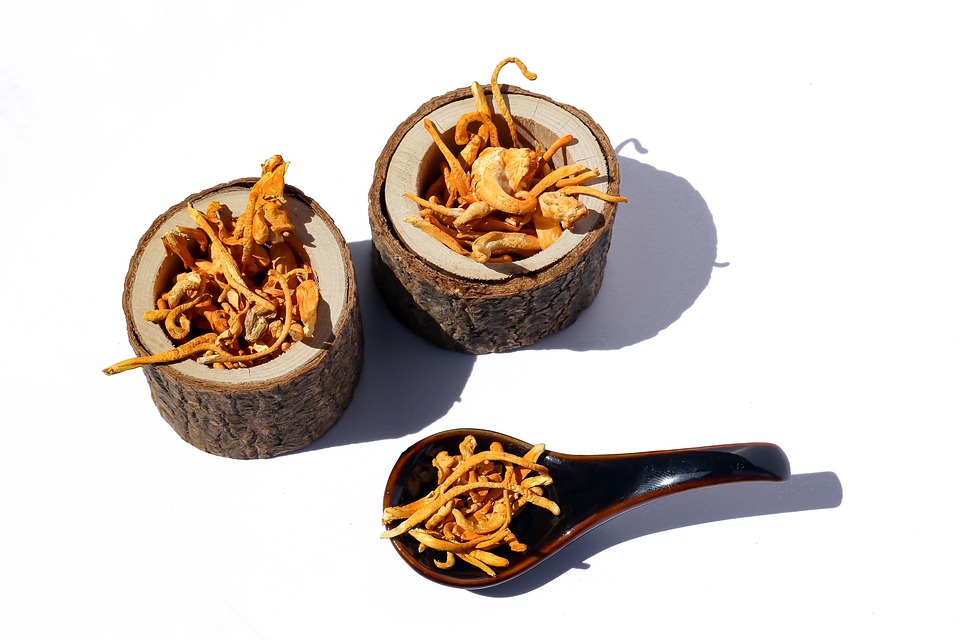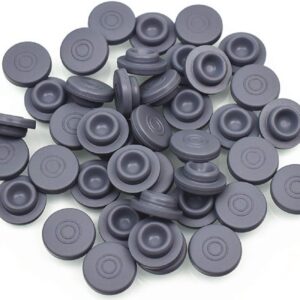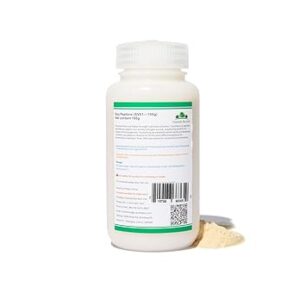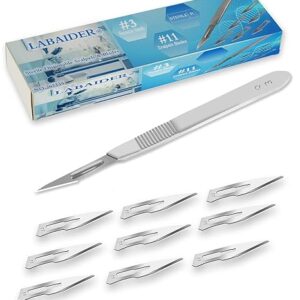Cordyceps, a unique mushroom with a fascinating history rooted in traditional Chinese medicine, has gained widespread attention for its remarkable health benefits, particularly in the realms of athletic performance and respiratory health. This mushroom contains bioactive compounds that are believed to enhance the body’s energy production and oxygen utilization, making it a favorite among athletes and fitness enthusiasts. Cordyceps is thought to improve endurance and stamina, enabling individuals to push their physical limits. Moreover, it has been linked to respiratory support, aiding in the management of respiratory conditions and promoting healthier lung function. Whether you’re an athlete seeking an edge in your performance or someone striving for better lung health, Cordyceps is a natural ally that has earned its reputation for enhancing both athletic prowess and respiratory well-being.
Cordyceps fungi are known for their fascinating and somewhat eerie growth patterns in the wild. Here’s a simplified explanation of how Cordyceps grow in their natural habitat:
- Infection: Cordyceps species are parasitic fungi that primarily infect insects and other arthropods. The Cordyceps spores attach themselves to the host insect, penetrating its exoskeleton. Once inside the host, the Cordyceps mycelium, or vegetative part of the fungus, begins to grow.
- Host Manipulation: The Cordyceps mycelium takes over the host’s body and begins to manipulate its behavior. In some cases, the infected insect might continue its usual activities, but in others, it may climb to a high point in its environment, enhancing the chances of spore dispersal.
- Fruiting Body Formation: As the mycelium matures, it eventually kills the host insect. At this point, the mycelium emerges from the insect’s body, creating a conspicuous fruiting body. This fruiting body is the part of the Cordyceps that produces spores.
- Spore Release: The mature fruiting body releases a cloud of spores into the surrounding environment. These spores are carried by the wind, potentially infecting other insects or arthropods, continuing the Cordyceps life cycle.
Cordyceps’ ability to manipulate the behavior of their host insects is particularly intriguing. While this parasitic relationship might be considered gruesome, it is a remarkable example of nature’s diversity and the incredible adaptations that fungi have developed for their survival and reproduction.
Growing Cordyceps, while fascinating, can be a bit more complex compared to cultivating some other mushroom species due to its unique parasitic nature. Cordyceps typically infect insects and arthropods, using them as hosts. Here’s a simplified step-by-step guide on how to grow Cordyceps militaris, a popular edible species of Cordyceps:
Materials You’ll Need:
- Cordyceps militaris spores or culture
- Sterile growing substrate (such as brown rice, grains, or a suitable mixture)
- Sterile containers or bags for substrate
- Pressure cooker or autoclave for sterilization
- Inoculation tools (syringe, scalpel, or inoculation loop)
- Sterile work environment (laminar flow hood or still-air box)
- A dark, temperature-controlled space
Step-by-Step Guide:
- Prepare the Substrate:
- Choose a suitable substrate like brown rice or grains. Sterilize the substrate in containers or bags using a pressure cooker or autoclave to ensure it’s free from contaminants.
- Inoculate the Substrate:
- In a sterile environment (such as a laminar flow hood or still-air box), introduce Cordyceps militaris spores or culture into the sterilized substrate. This is done by using a sterile syringe, scalpel, or inoculation loop.
- Incubation Period:
- Seal the containers or bags and place them in a temperature-controlled space with limited light. Maintain the optimal temperature for Cordyceps militaris growth, typically between 18°C to 24°C (64°F to 75°F). During this time, the mycelium will colonize the substrate, which may take several weeks to a few months.
- Trigger Fruiting:
- To induce fruiting, reduce the temperature to around 10°C to 18°C (50°F to 64°F). You can do this by placing the containers or bags in a cool environment, such as a refrigerator. Maintain high humidity (above 90%) to simulate the natural conditions that Cordyceps militaris requires to produce fruiting bodies.
- Monitor Growth:
- Watch for the development of Cordyceps fruiting bodies, which should appear as orange to reddish-brown, finger-like projections emerging from the substrate. This may take several weeks.
- Harvest the Fruiting Bodies:
- Once the fruiting bodies are mature, harvest them carefully to avoid damaging the substrate. These Cordyceps militaris fruiting bodies are edible and can be used in culinary dishes or for their potential health benefits.
Growing Cordyceps can be more challenging than other mushrooms, so it’s recommended for those with some experience in mushroom cultivation. Be sure to maintain strict sterile practices throughout the process to prevent contamination and ensure a successful Cordyceps harvest.




